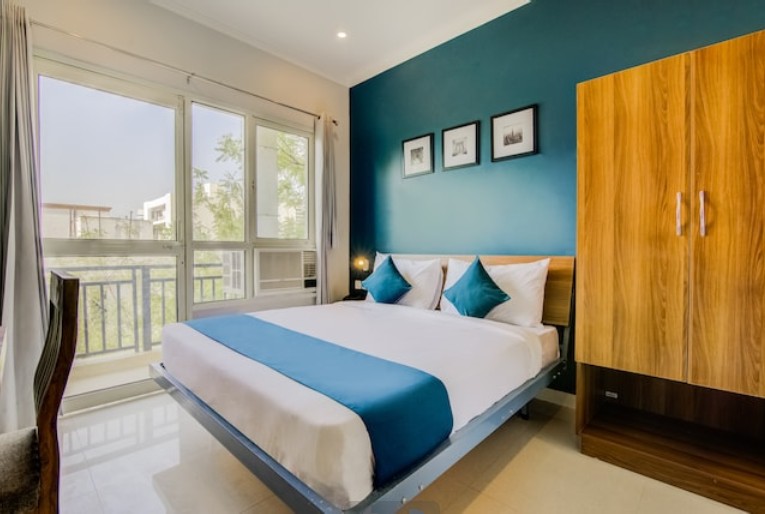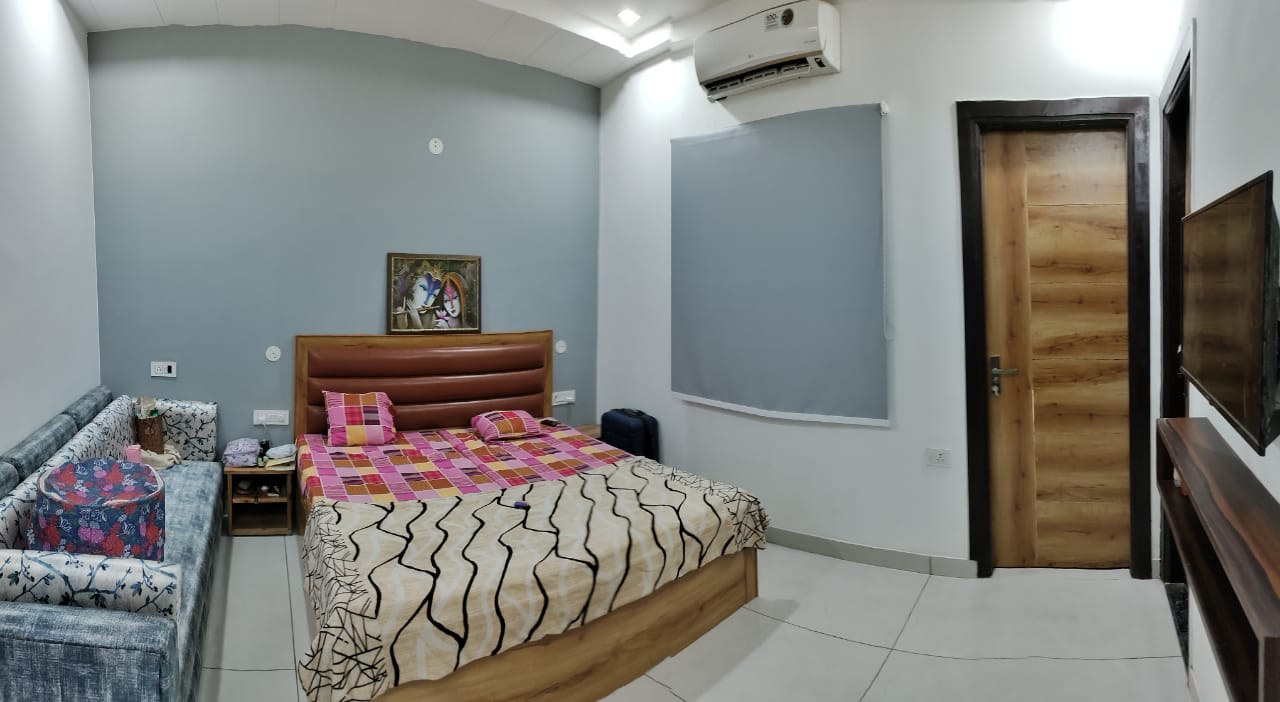The theme for the house is vital, and should be finalised at the very start. This maintains consistency in interior design and gives a clear vision for every decor element in the house. An ideal theme for small houses is contemporary or Scandinavian. These are minimal and clean design styles; and a clutter-free design always makes for a chic house. One can opt for a semi-bohemian theme to add a hint of fundamental value. Saturated colours for smaller rooms make the room look dark. Replacing them with cooler colours is a better option. This also goes with contemporary styles and makes the house look clean. One can add texture to their decor through upholstery in sofas and curtains. Textures can help balance colour whilst maintaining the subtleness of the house.
Storage can smartly be housed within other decor elements. For example, a partition can act as storage in disguise. It can be panelled with decorated mirrors that make the room look bigger and spacious. Sofas must be minimal instead of bulky couches that cover up a significant amount of the surface area. However, floating furniture allows for a flexible arrangement of family rooms or living rooms with maximum usage.
Lastly, the form of the house can play a vital role in the planning. Designers can experiment with curvilinear or even trapezoidal interior design. A curvilinear shape takes the eye to a longer axis as opposed to straight lines that cause breakage in the vision. This also gives scope for flexibility in design. In terms of partitions and walls, angular forms also work well for selective spaces. The narrow tapering ends in trapezoidal rooms help save space and utilise the corners for other miscellaneous spaces like pantries or dry balconies.
The form of the built structure must not feel claustrophobic. The pandemic has developed a fear of being in a box, caused by the use of multiple partitions to maintain distance. Thus, spaces should be designed to suit the current mental and physical situation that the pandemic put us in.




